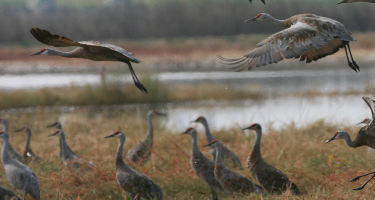
Ryan Prior—The Long Haul: Solving The Puzzle of the Pandemic’s Long Haulers and How They Are Changing Healthcare Forever
Lingering, often disabling Covid symptoms have spurred attention to aftereffects of Chronic Lyme, ME/CFS, & other persistent diseases, Ryan Prior notes in The Long Haul: Solving The Puzzle of the Pandemic’s Long Haulers and How They Are Changing Healthcare Forever. “Studying why some people get sick and stay sick,” he says, “could be one of the greatest scientific opportunities of our lifetime.”







